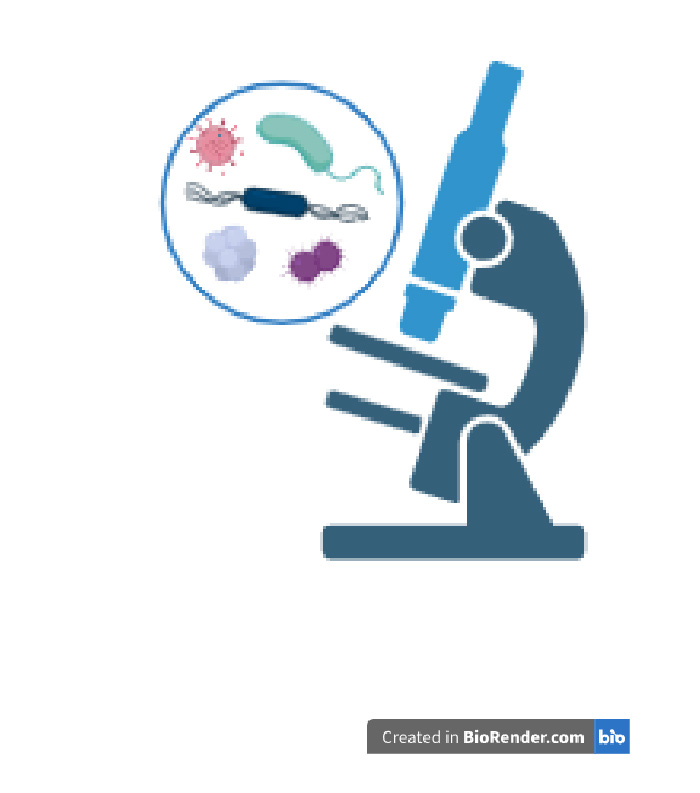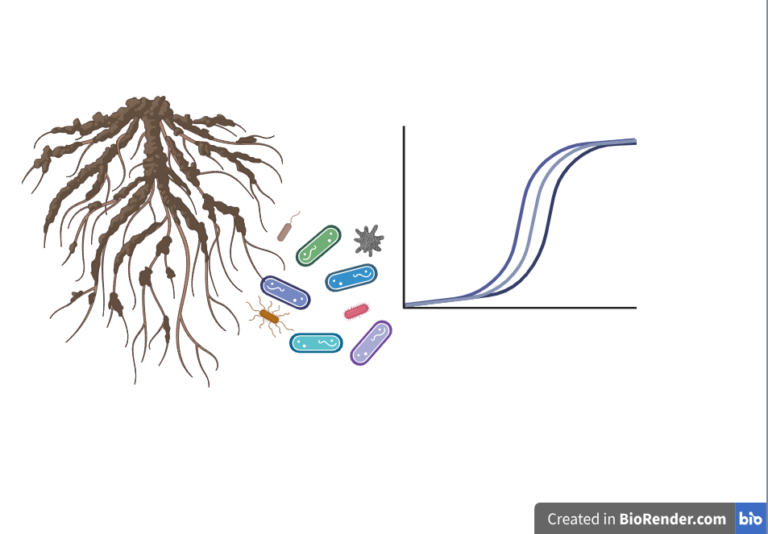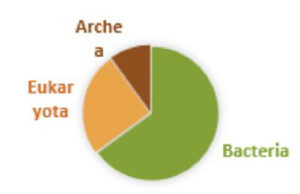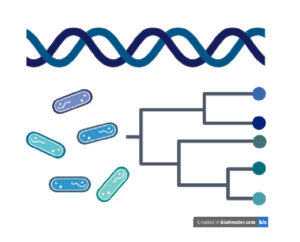RESEARCH DEVELOPMENT FOR ADVANCED METHODS SOLUTIONS: AGRICULTURE, HORTICULTURE, NURSERY, AMENITY
PLANTAE SOLUTIONS
Terrae
Investigating plant microbies and interactions
PLANT FEEDBACK

MOLECULAR BIOLOGY

Through molecular biology, we can achieve different levels of information.
qPCR
Quantification of bacteria (16S), fungi (ITS) and archaea (16S)
PCR to quantify functional genes of interest (e.g. AmoA…)
ENZYMATIC ACTIVITIES

1. A further step is to test the activity of the enzymes associated to the rhizosphere
2. Soil enzymes are involved in biogeochemical cycles of soil carbon (C), nitrogen (N), sulfur (S) and phosphorus (P), which can be used as early sensitive indicators of environmental changes/input.
3. Some of the enzymes are:
α-glucosidase
β-glucosidase
β-galactosidase
Acid phosphatase
Alkaline phosphatase
Phosphatase
Arylsulfatase
N-acetyl-glucosaminidase
Arylamidase
Urease
Dehydrogenase
MICROBIAL COMMUNITIES

1. Community metabolic fingerprinting, or CMF, is effective in distinguishing spatial and temporal changes in microbial communities induced by environmental changes/inputs.
2. In detail, different carbon sources can be evaluated in order to investigate the Carbon utilization patterns of soil microbes










